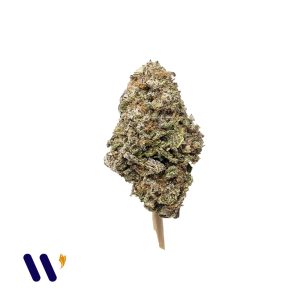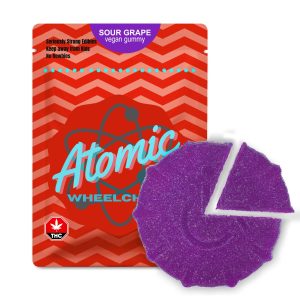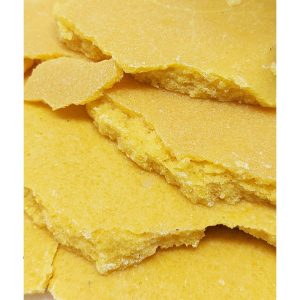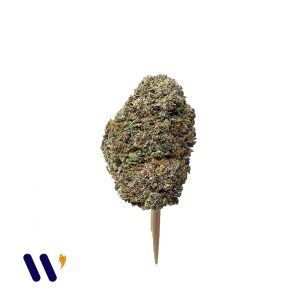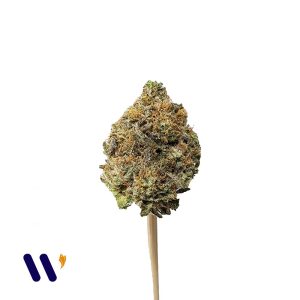For centuries, rolling papers have played a vital role in cannabis culture, acting as the conduit for the cherished herb. From timeless rice papers to inventive hemp blends, the evolution of weed rolling papers has traversed a substantial path, adapting to the varied preferences of enthusiasts globally. In this enthralling expedition, we’ll plunge into the captivating history of rolling papers, tracing their roots back to ancient civilizations and discovering how they’ve evolved into symbols of creativity and self-expression. We’ll navigate through the meticulous craftsmanship of traditional rolling papers and the revolutionary technologies that have reshaped the smoking encounter, exploring an array of materials, sizes, and flavours that have emerged over time.
The History of Rolling Papers
Rolling papers have an extensive history reaching back centuries. The origins of rolling papers can be traced to ancient civilizations, where plant materials were employed for smoking. In ancient China, rice paper was used to roll tobacco and herbs, while in India, leaves like palm leaves served the same purpose. The use of rolling papers spread globally across cultures. In 16th century Europe, thin paper strips rolled tobacco, often made from materials like flax, straw, or wood pulp. However, these early papers weren’t consistently reliable, driving the development of improved rolling paper options.
Evolution of Rolling Paper Materials
With rising demand, rolling paper manufacturers began innovating with materials to enhance the smoking experience. The late 19th century saw the creation of the cigarette rolling machine, revolutionizing mass production. This led to the emergence of rice papers, favoured for their thinness and slow burn. Their attributes made rice papers ideal for smoother tobacco and herb smoking. Skillful rolling was crucial to prevent tearing due to their delicacy, elevating them to a symbol of craftsmanship among smokers.
Different Types of Rolling Papers
As time passed, rolling paper manufacturers responded to the diverse preferences of consumers, resulting in the introduction of a wide array of rolling paper types. Nowadays, smokers have an extensive selection to consider, each promising a distinct smoking encounter.
- Rice Papers: Rice papers maintain their popularity among smokers due to their thinness and gradual burn. Created from a mixture of rice and other plant fibers, they offer a clean and smooth taste during smoking.
- Hemp Papers: Hemp rolling papers have gained prominence in conjunction with the rise of hemp’s popularity in cannabis culture. Derived from hemp fibers, these papers deliver a slightly different smoking experience than rice papers. They’re known for an earthy flavour and a leisurely burn.
- Flavoured Papers: For those seeking a touch of flavour in their smoking venture, flavoured rolling papers present an ideal choice. Infused with various flavours like fruit or menthol, these papers bring an extra layer of enjoyment to the smoking ritual.
- Classic Rolling Papers: These are made from wood pulp and are among the most common types. They are easy to find and come in various sizes and thicknesses.
Unique Rolling Paper Innovations
As the cannabis industry continues its expansion, innovation within the realm of rolling papers also thrives. Manufacturers consistently push the boundaries of possibilities, resulting in novel rolling paper advancements.
- Pre-Rolled Cones: Pre-rolled cones have gained popularity among those who value convenience. These ready-to-fill cones eliminate the need for manual rolling, offering a hassle-free experience that appeals to both newcomers and seasoned smokers.
- Flavoured Tips: Rolling papers featuring flavoured tips add a burst of flavour to each puff. With a flavoured filter tip, these papers enhance the overall smoking encounter. A range of flavours is available, allowing smokers to personalize their session to their preference.
- Slow-Burning Papers: Designed for a prolonged and enjoyable smoking experience, slow-burning rolling papers are crafted with specific materials and techniques that ensure a leisurely burn. Smokers can relish every moment, thanks to these papers’ measured pace.
Tips for Choosing the Right Rolling Paper for Your Needs
With a plethora of rolling paper options available, choosing the right one can seem overwhelming. However, considering a few factors can help you find the perfect rolling paper for your needs.
- Material: Consider the material of the rolling paper and how it may affect your smoking experience. Rice papers provide a smooth burn, while hemp papers offer an earthier taste.
- Size: Rolling papers come in various sizes, from small to king size. The size you choose depends on personal preference and the amount of material you wish to use in your joint.
- Burning Speed: If you prefer a slower burn, opt for slow-burning rolling papers. These papers ensure a longer smoking experience and allow you to savour the flavours.
- Flavour: If you enjoy flavoured smoking experiences, consider choosing rolling papers with infused flavours. This will add an extra layer of enjoyment to your smoking session.
Conclusion
The evolution of weed rolling papers has taken us on a captivating journey through history, innovation, and self-expression. From the simple rice papers of ancient times to the innovative hemp blends and flavoured options of today, rolling papers have become an integral part of the smoking experience. Whether you prefer the classic craftsmanship of traditional rolling papers or the convenience and creativity of innovative options, there is a rolling paper out there to suit your preferences. So, the next time you roll and light up, take a moment to appreciate the evolution of rolling papers and the role they play in enhancing the enjoyment of cannabis culture. Check out Weedcargo.cc online dispensary for all your cannabis needs.






